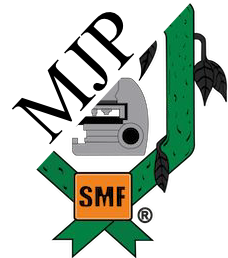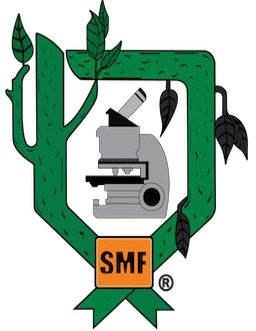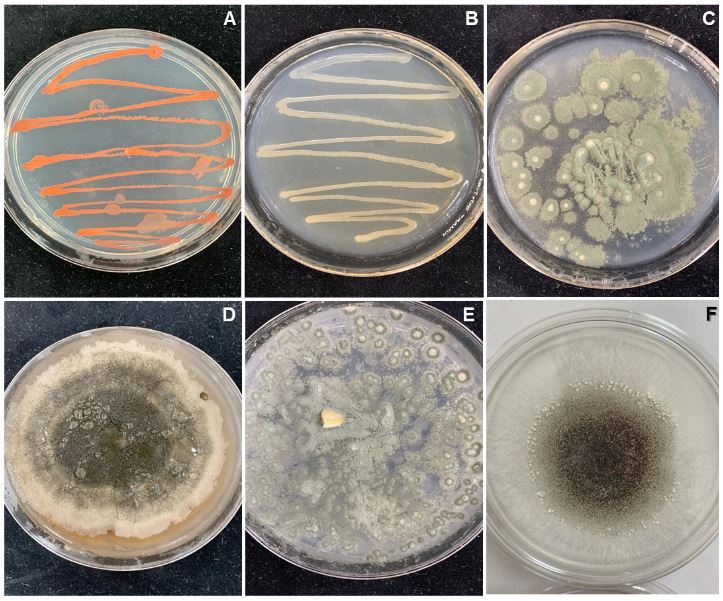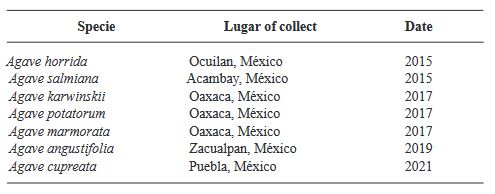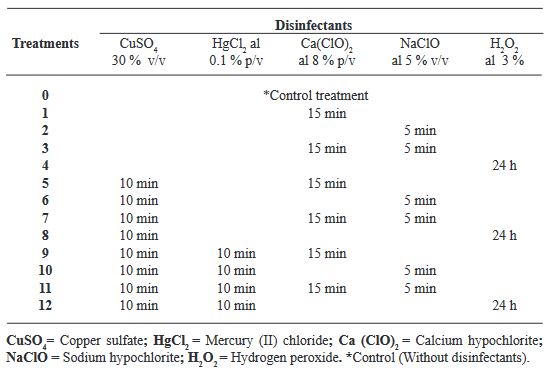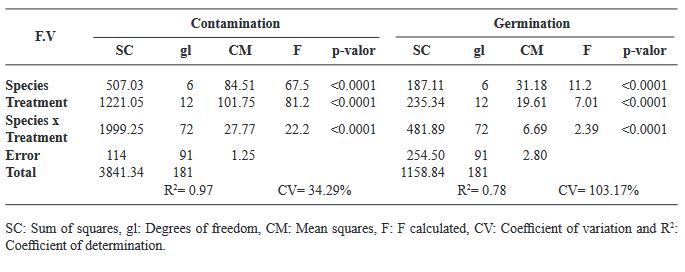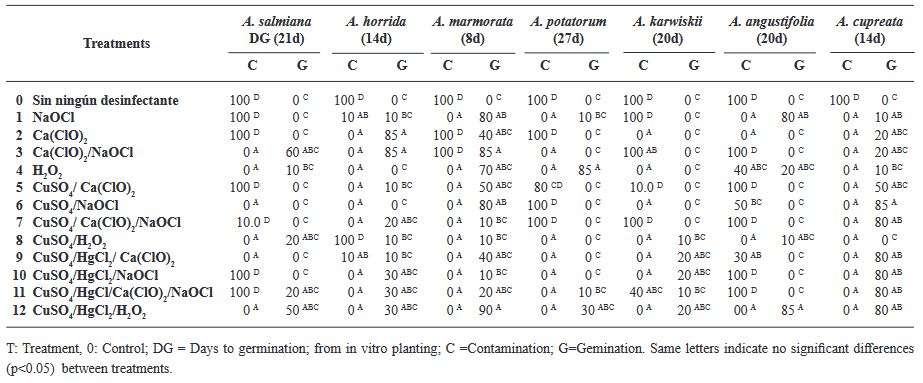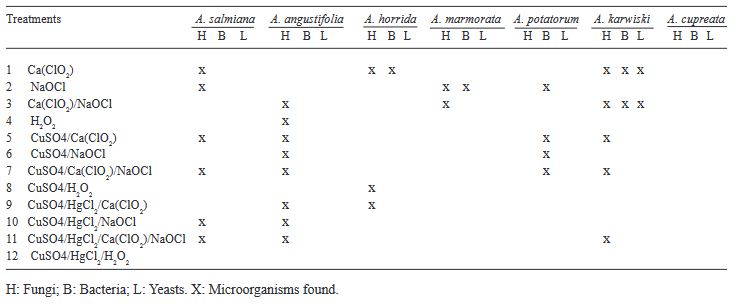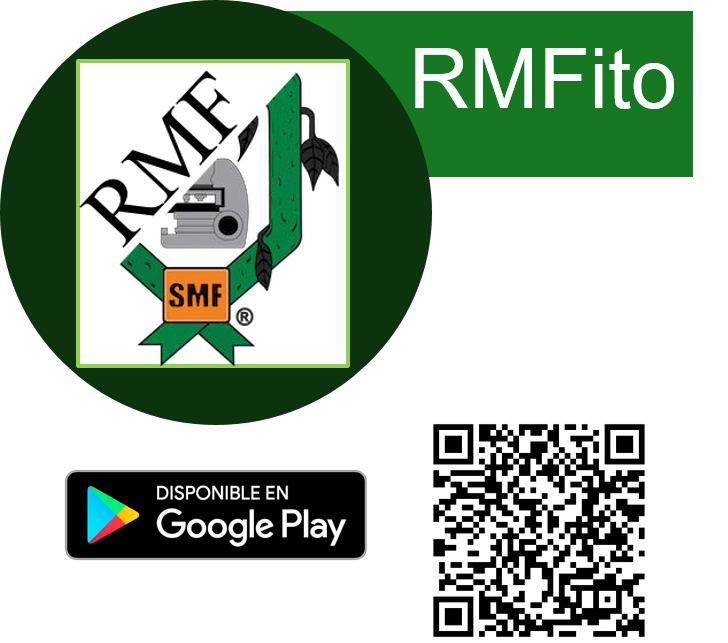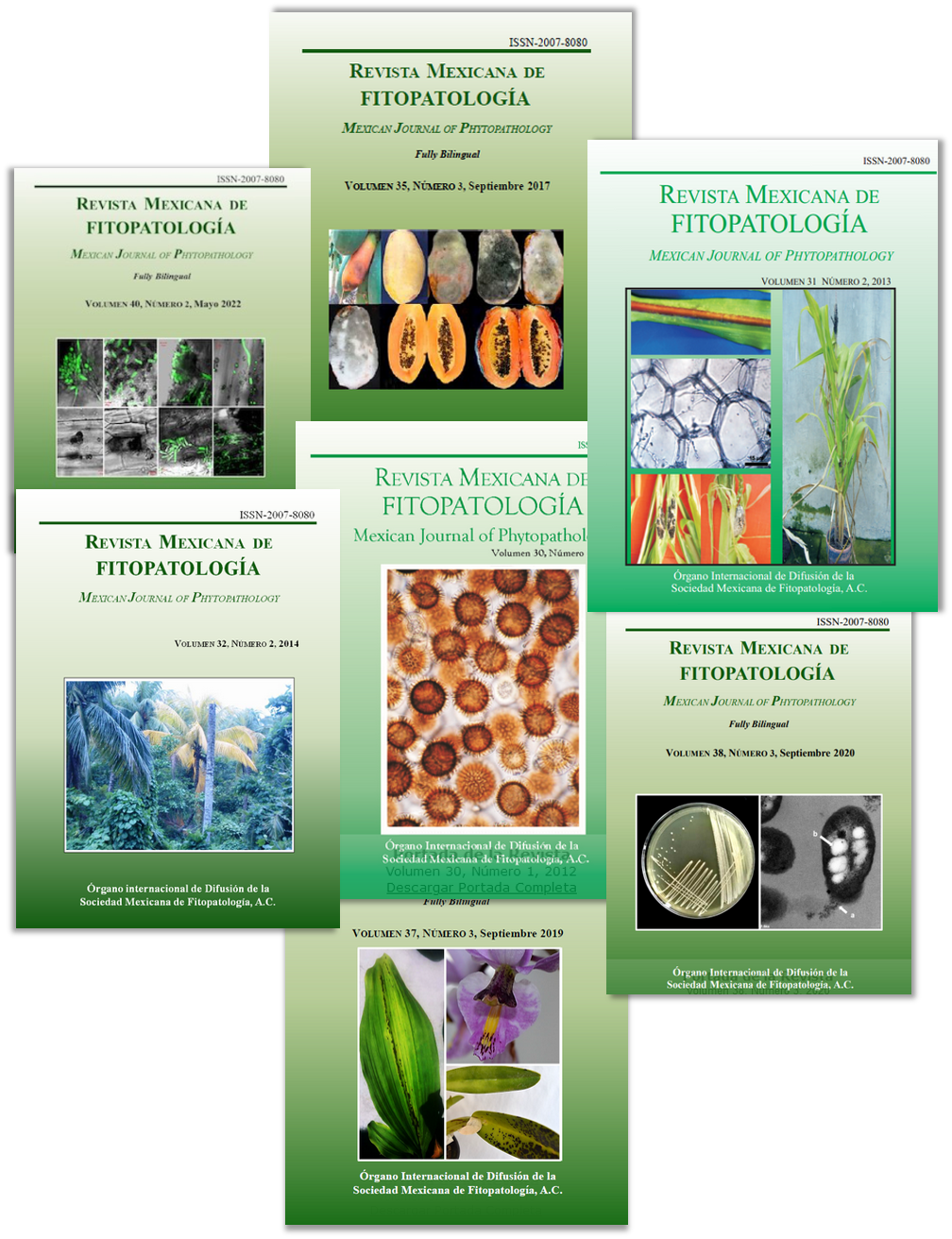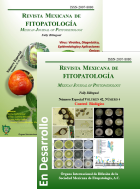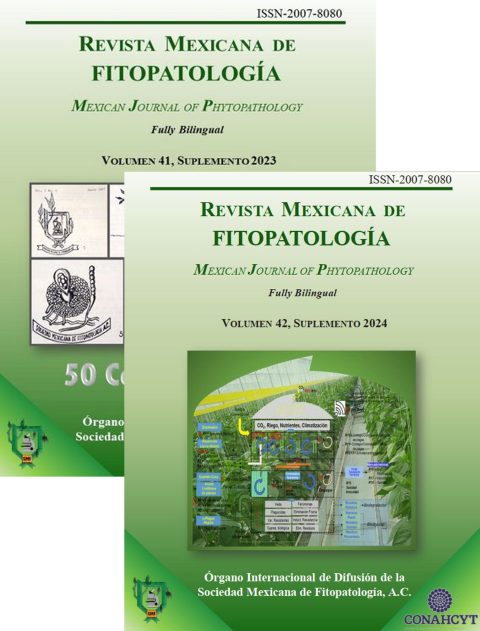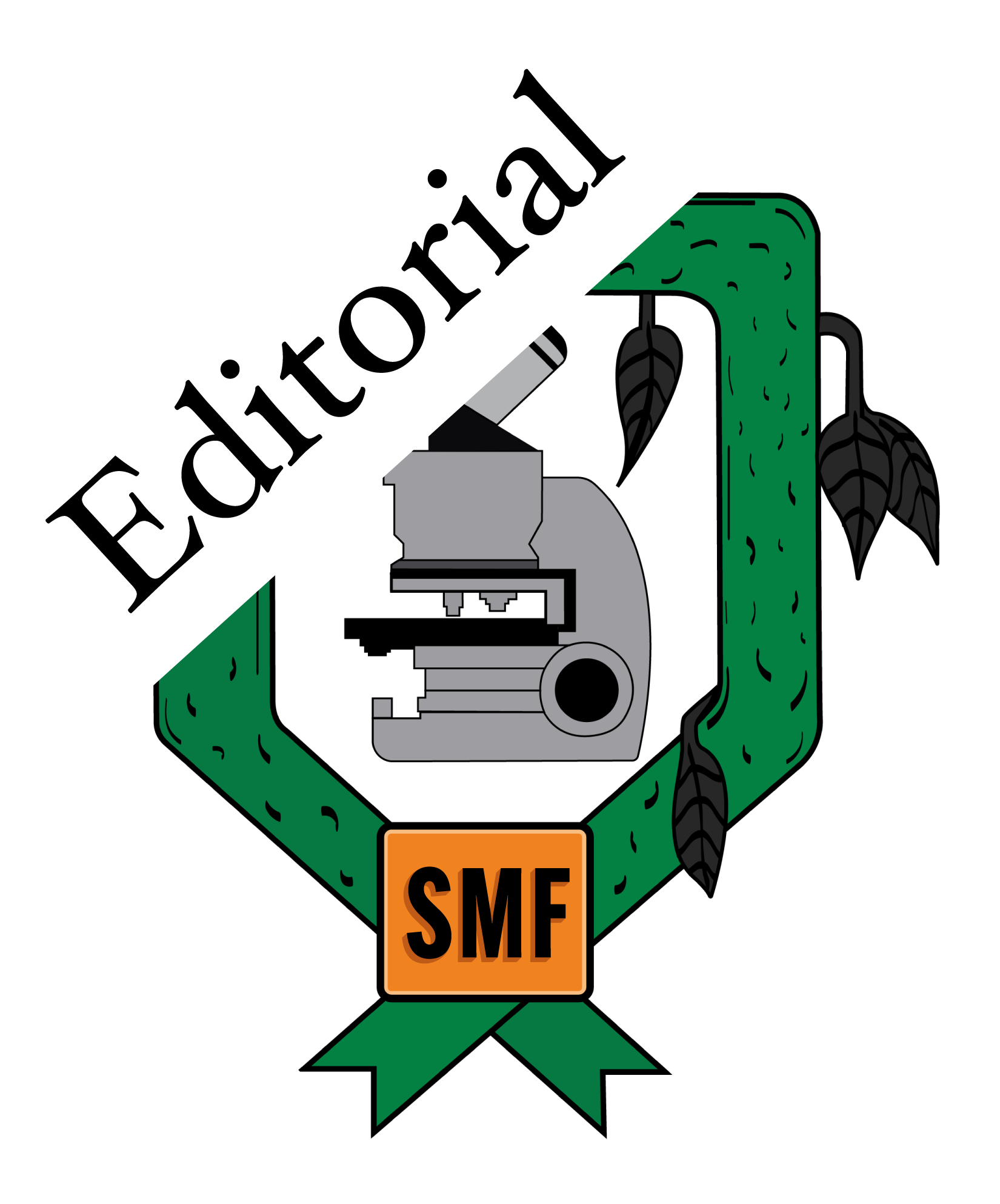Article filters
Search Papers
Establishment of an efficient protocol for in vitro disinfection of seeds of seven Agave spp. species
By María Guadalupe Aguilar Rito, Amaury Martín Arzate Fernández*, Hilda Guadalupe García Núñez, Tomas Héctor Norman Mondragón
* Corresponding Author. Email: - / Institution: Universidad Autónoma del Estado de México
Accepted: 29/November/2023 – Published: 20/December/2023 – DOI: https://doi.org/10.18781/R.MEX.FIT.2310-1
Abstract Background. Disinfection of Agave seeds is a crucial step in in vitro culture to prevent contamination, which can be caused by microorganisms such as bacteria, fungi and viruses that can affect seedling growth and reduce seed germination rate. Therefore, proper seed disinfection is essential to ensure vigorous and healthy plant growth. Objective. Generate an efficient seed disinfection protocol in seven species of Agave; Agave marmorata, A. karwinskii, A. potatorum, A. angustifolia, A. cupreata, A. horrida and A. salmiana to reduce pollution levels.
Materials and Methods. A total of 12 disinfection treatments with disinfectants and different combinations were evaluated. The disinfectants used were; 3 % Hydrogen Peroxide for 24 h, Commercial Sodium Hypochlorite 5 % (v/v) for 5 min, Calcium Hypochlorite 8 % (w/v) for 15 min, Copper Sulfate 30 % (v/v) for 10 min, Mercury Chloride II 0.1 % (w/v) for 10 min. Before each treatment was tested, the seeds were pre-washed with liquid soap and subjected to the treatments, Subsequently, they were sown in DM medium and the percentage of germination and contamination for each treatment was evaluated weekly for a period of 30 days. Additionally, the contaminating microorganisms found were identified.
Results. The best treatment for seed disinfection was 30 % copper sulfate (v/v) for 10 min, 0.1 % mercuric chloride II for 10 min and 3 % hydrogen peroxide for 24 h, obtaining 100 % disinfection. Four genera of fungi were identified: Monilinia sp., Aspergillus sp., Penicillium sp., and Alternaria alternata, a bacterium; Bacillus sp., and a yeast, Schizosaccharomyces sp.
Keywords: Seeds, agave, disinfection methods, contamination, germination
